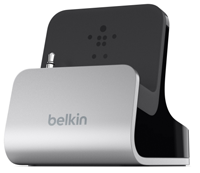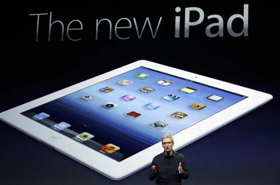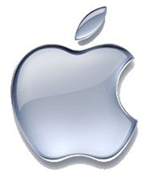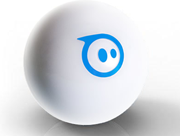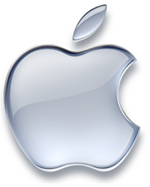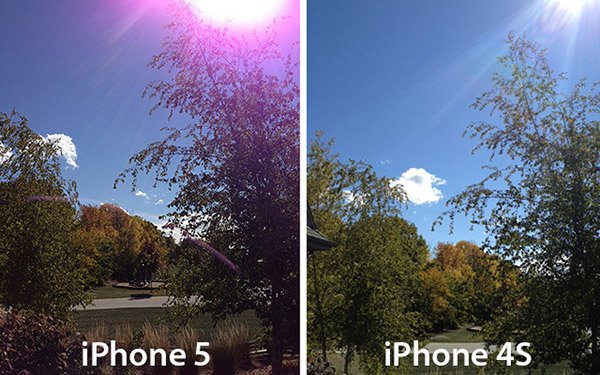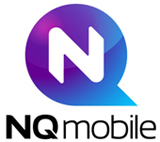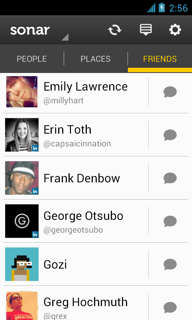![]() A startup in Paris called AIRTAG is offering a complete suite of mobile shopping tools for retailers and e-tailers. The startup was founded by Jeremie Leroyer and Cyril Porteret who also cofounded Haiku which was sold in 2004 for $10 million euros.
A startup in Paris called AIRTAG is offering a complete suite of mobile shopping tools for retailers and e-tailers. The startup was founded by Jeremie Leroyer and Cyril Porteret who also cofounded Haiku which was sold in 2004 for $10 million euros.
AIRTAG’s complete suite of products has every facet of mobile shopping covered. AIRSHOP enables shoppers to order and pay in advance for groceries and fast food using their mobile phone. AIRFID is the rewards and loyalty card arm of the company. AIRPASS is a mobile wallet of sorts adding loyalty cards, gym keytags and even transportation passes. AIRTAG kit is the companies development tool kit for developers to interact with their PayPass applications.
The company’s stable of clients already includes McDonald’s, McCafe’, Reebok, Dior and many other globally well known brands. This has prompted AIRTAG to deploy offices throughout the world including a recently opened office in New York. They plan on adding partnerships in both the US and Canada from the New York office.
Mobile shopping and payments have grown into a huge industry and right now it’s still anyone’s game. Google got off to a very rocky start with Google Wallet. Three of the four major US wireless carriers teamed up to help create ISIS an alternative to Google Wallet which was supposed to have seen a larger national footprint heading into this years holiday season.
According to the co-founders of AIRTAG, Japan is light years ahead of the rest of the world when it comes to allowing smartphones to manage people’s lives. Since selling their first startup to Japanese investors both Leroyer and Porteret have spent a lot of time in Japan where they noticed everyone used their phones for everything including bus fare, key locks, and payments. AIRTAG’s hope is to help replicate that system across the world.
We had a chance to interview the AIRTAG team. Check out the interview below.


